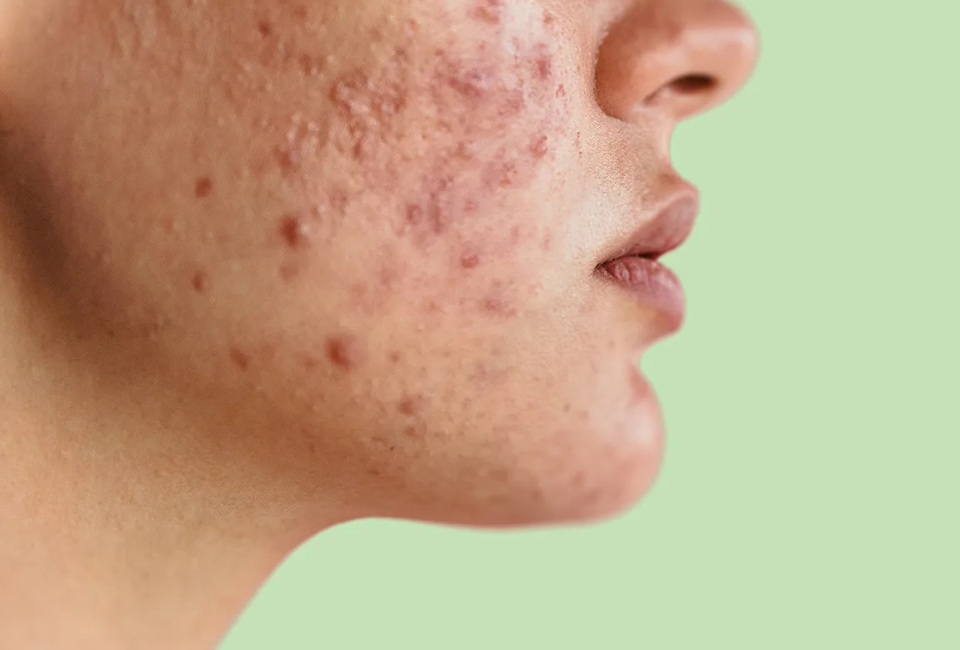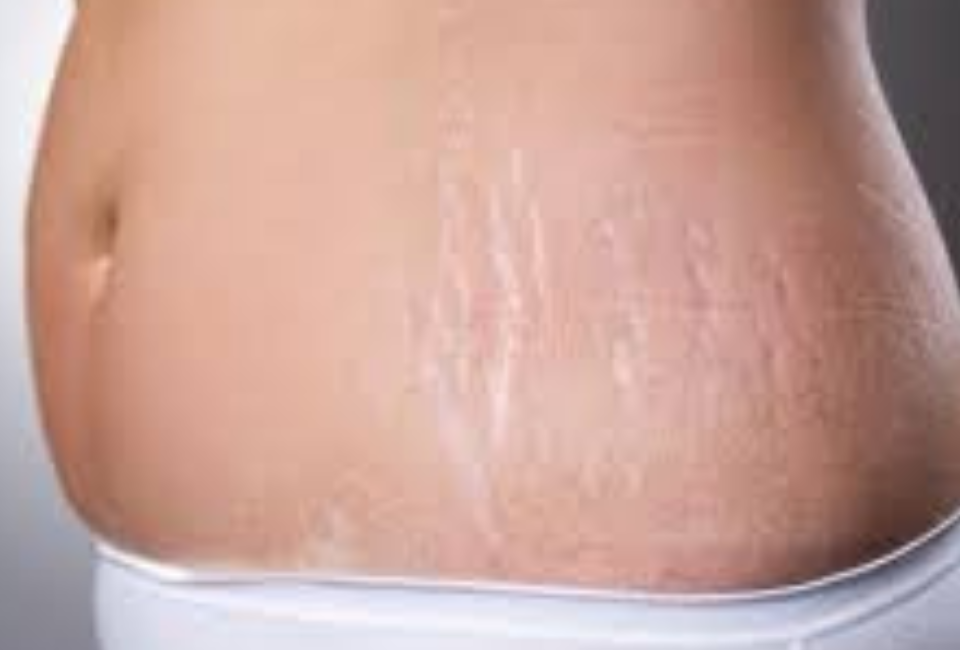- Make An Appointment
- +91-9460006594
- +91-9571548977
- info@jodhpurskintreatment.com
Dry vs Dehydrated Skin: Causes, Treatment & Key Differences

Teenage Acne & Pimples: Causes, Areas & Puberty Effects
June 12, 2025Are You Facing Dehydrated Skin or Just Dry Skin?
You may have asked yourself, “Why does my skin feel tight and lifeless despite using moisturisers?” Or perhaps you’ve struggled to choose between creams and serums, unsure which suits your skin best. These dilemmas often point to a deeper issue: understanding hydrated skin vs dehydrated skin and recognising the causes of dehydrated skin.
Though both drying and dehydration affect how your skin looks and feels, they stem from very different sources. Decoding the differences between dehydrated skin vs dry skin can transform your skincare approach entirely. This guide dives into the core of skin dehydration, how it differs from dry skin, and the best ways to restore your skin’s natural glow.
Table Of Content
Dry vs Dehydrated Skin: Why the Difference Matters
At first glance, dehydrated skin vs dry skin might sound like two ways to say the same thing. But dry vs dehydrated skin is not a matter of semantics—it’s a fundamental distinction that guides treatment.
- Dry skin is a skin type. It lacks oil.
- Dehydrated skin is a skin condition. It lacks water.
Recognising this difference helps you avoid the common mistake of using oil-rich creams on dehydrated skin, which often needs water-based hydration instead.
Causes of Dehydrated Skin and Dry Skin
Understanding the causes of dehydrated skin helps you avoid products or routines that worsen your skin’s condition. Let’s look at the key contributors to skin dehydration and dryness.
What Causes Dry Skin?
Dry skin typically results from:
- Genetics: A natural predisposition to reduced sebum production.
- Environmental exposure: Harsh soaps, low humidity, or cold weather.
- Age: As we grow older, oil production reduces.
- Over-washing: Frequent hot showers can strip your skin’s oils.
Because dry skin lacks oil, it often appears flaky, rough, or irritated. Moisture simply evaporates faster when your skin barrier is compromised.
What Leads to Dehydrated Skin?
Skin dehydration often goes unnoticed until symptoms like dullness or tightness surface. Major causes of dehydrated skin include:
- Lack of water intake
- High caffeine or alcohol consumption
- Weather changes (especially dry air or cold winds)
- Air conditioning or indoor heating
- Use of strong exfoliants or alcohol-based products
If you’re drinking coffee all day without hydrating, or constantly in an AC room, your skin could be silently suffering from dehydrated skin.
Hydrated Skin vs Dehydrated Skin: Signs to Spot
Knowing the visual and tactile differences in hydrated skin vs dehydrated skin gives you the power to care for your skin effectively.
Signs of Dry Skin:
- Persistent roughness or flakiness
- Visible scaling or peeling
- Tightness, especially after cleansing
- Red, irritated patches
- Often worsens in winter or cold weather
Signs of Dehydrated Skin:
- Dull, tired appearance
- Fine lines (especially when pinched)
- Oily and dry at the same time (imbalanced skin)
- Occasional breakouts
- Tightness despite having an oily surface
The confusion between dry vs dehydrated skin often arises because both feel uncomfortable—but dehydrated skin may still appear greasy, making it harder to identify.
How to Treat Dehydrated Skin and Dry Skin Effectively
The treatment for dehydrated skin vs dry skin must be tailored to the specific issue. Treating one like the other often leads to frustration—and wasted money.
Treating Dry Skin:
- Use oil-rich moisturisers: Ingredients like shea butter, squalene, or ceramides are essential.
- Avoid over-cleansing: Choose gentle, non-foaming cleansers.
- Seal moisture: Use occlusives like petrolatum at night.
- Use lukewarm water: Hot showers exacerbate dryness.
How to Treat Dehydrated Skin:
- Hydrate internally: Increase your daily water intake.
- Use humectants: Look for hyaluronic acid, glycerin, or aloe vera.
- Minimise caffeine: Excess caffeine contributes to skin dehydration.
- Add hydration layers: Mists, serums, and lightweight moisturisers work best.
- Avoid harsh exfoliants: Over-exfoliating strips water content.
Remember, hydrated skin vs dehydrated skin isn’t about oil—it’s about water. Hydrating products restore bounce and clarity, while heavy creams may only sit on the surface.
Common Missteps: Dehydrated Skin vs Dry Skin
You might think your skin is dry because it feels tight, and so you use heavy creams. But if your skin remains dull and oily despite this, you’re likely dealing with dehydrated skin.
Mistake 1: Using Oil-Based Products on Dehydrated Skin
Oil does not replenish water. A serum with hyaluronic acid or polyglutamic acid is more effective.
Mistake 2: Ignoring Lifestyle Causes
Drying and dehydration aren’t just about skincare. Stress, diet, alcohol, and sleep all impact hydration levels.
Mistake 3: Confusing Skin Type vs Condition
Dry skin is permanent; dehydrated skin is temporary and fixable with the right care.
Daily Habits to Prevent Drying and Dehydration
Even if your skin isn’t currently suffering, preventing drying and dehydration ensures long-term skin health. Here’s how:
- Drink water regularly. Don’t wait until you’re thirsty.
- Use a humidifier. Especially in AC-heavy environments.
- Apply moisturiser to damp skin. Lock in hydration.
- Choose gentle skincare. Harsh toners and foaming cleansers worsen skin dehydration.
- Wear SPF daily. Sun exposure worsens both dryness and dehydration.
Prevention is often more powerful than cure—especially when dealing with hydrated skin vs dehydrated skin.
Final Takeaway: Know Your Skin’s True Needs
Distinguishing between dehydrated skin vs dry skin is the first step to a healthier glow. Once you understand the difference, you can select products and habits that nourish, not confuse, your skin.
Dry vs dehydrated skin isn’t a passing skincare trend—it’s a fundamental difference in how your skin retains oil and water. You need hydration? Choose lightweight, water-rich products. You need nourishment? Go for richer, oil-based moisturisers.
If you’re struggling to find the right solution, consider visiting the Best clinic for skin treatment in Jodhpur for expert guidance tailored to your skin type.
Ultimately, skin thrives when cared for with clarity, not guesswork. With this knowledge, you’re not just treating a condition—you’re building a routine that supports your skin through every season.
FAQ’s
1. How do I fix my dehydrated skin?
To fix dehydrated skin:
- Increase water intake to hydrate your body internally.
- Use hydrating serums with hyaluronic acid, glycerin, or aloe vera.
- Avoid harsh cleansers and alcohol-based toners that strip natural moisture.
- Apply a moisturizer immediately after cleansing to lock in hydration.
- Use a humidifier in dry environments.
- Exfoliate gently to remove dead skin cells, allowing better product absorption.
2. How do I rehydrate my skin?
You can rehydrate your skin by:
- Drinking at least 8–10 glasses of water daily.
- Applying hydrating products such as serums or creams with humectants.
- Using hydration-boosting masks weekly.
- Avoiding long hot showers, which can strip moisture.
- Eating water-rich foods like cucumbers, oranges, and watermelon.
- Sealing in moisture with occlusive creams or oils.
3. How can you tell if skin is dehydrated?
Signs of dehydrated skin include:
- Tightness or discomfort
- Dull, tired-looking skin
- Fine lines and increased sensitivity
- Itchiness or mild flakiness
- A rough texture with an oily but dry appearance
4. What does hydrated skin look like?
Hydrated skin appears:
- Plump and smooth
- Soft and elastic
- Radiant and even-toned
- Free of flakiness or tightness
- Less prone to fine lines and sensitivity
5. What is the difference between dehydration and drying?
- Dehydration means a lack of water in the skin.
- Drying typically results from external factors (like soaps or climate) that remove both oil and water, leading to tight, flaky skin.
Dehydration can affect all skin types, even oily ones, while drying usually refers to dry skin types.
6. What is the difference between dehydration and dryness?
- Dehydrated skin lacks water. It may look dull, feel tight, and appear oily in areas due to overcompensation.
- Dry skin lacks oil (sebum), often due to genetics. It feels rough and flaky and needs rich, emollient moisturizers.
7. Is there a difference between dried and dehydrated?
Yes.
- Dried skin is typically a result of external exposure (wind, sun, harsh cleansers) that causes both oil and water loss.
- Dehydrated skin is caused by internal water deficiency and lifestyle factors like low water intake, caffeine, and alcohol.
8. Is there a difference between dry and dehydrated skin?
Yes.
- Dry skin is a type, and usually needs richer creams and oils.
- Dehydrated skin is a condition, and needs water-based hydration like hyaluronic acid and fluids.
9. What is the difference between dehydration and dryness?
- Dehydration = water loss in skin.
- Dryness = oil deficiency in skin.
A person with oily skin can still suffer from dehydration, while dryness is more of a skin type, not a temporary condition.
10. What are the signs of hydrated skin?
- Glowing, even-toned complexion
- Smooth, supple texture
- Elastic and firm appearance
- No dry patches or irritation
- Comfortable, soft feel without tightness
11. How do you tell the difference between a hydrated and dehydrated face?
- Hydrated face looks plump, healthy, and luminous.
- Dehydrated face may look dull, shadowed, or saggy in some areas, with fine lines or redness even if oily.
Pinching the skin gently—if it doesn’t bounce back quickly, it may be dehydrated.
12. What does hydrated skin look like?
Hydrated skin has:
- A dewy, fresh look
- Reduced fine lines
- Balanced texture without excessive oil or dryness
- A healthy, radiant glow
13. What are the signs of hydrated skin?
Signs include:
- Soft, bouncy texture
- Natural glow
- Smooth, even surface
- Elasticity and firmness
- No tightness, flakes, or irritation
14. What type of skin becomes dehydrated?
Any skin type can become dehydrated, including:
- Oily skin (often overlooked)
- Combination skin
- Dry skin
Dehydration is a temporary condition, often caused by diet, weather, skincare habits, or stress—not just by skin type.




